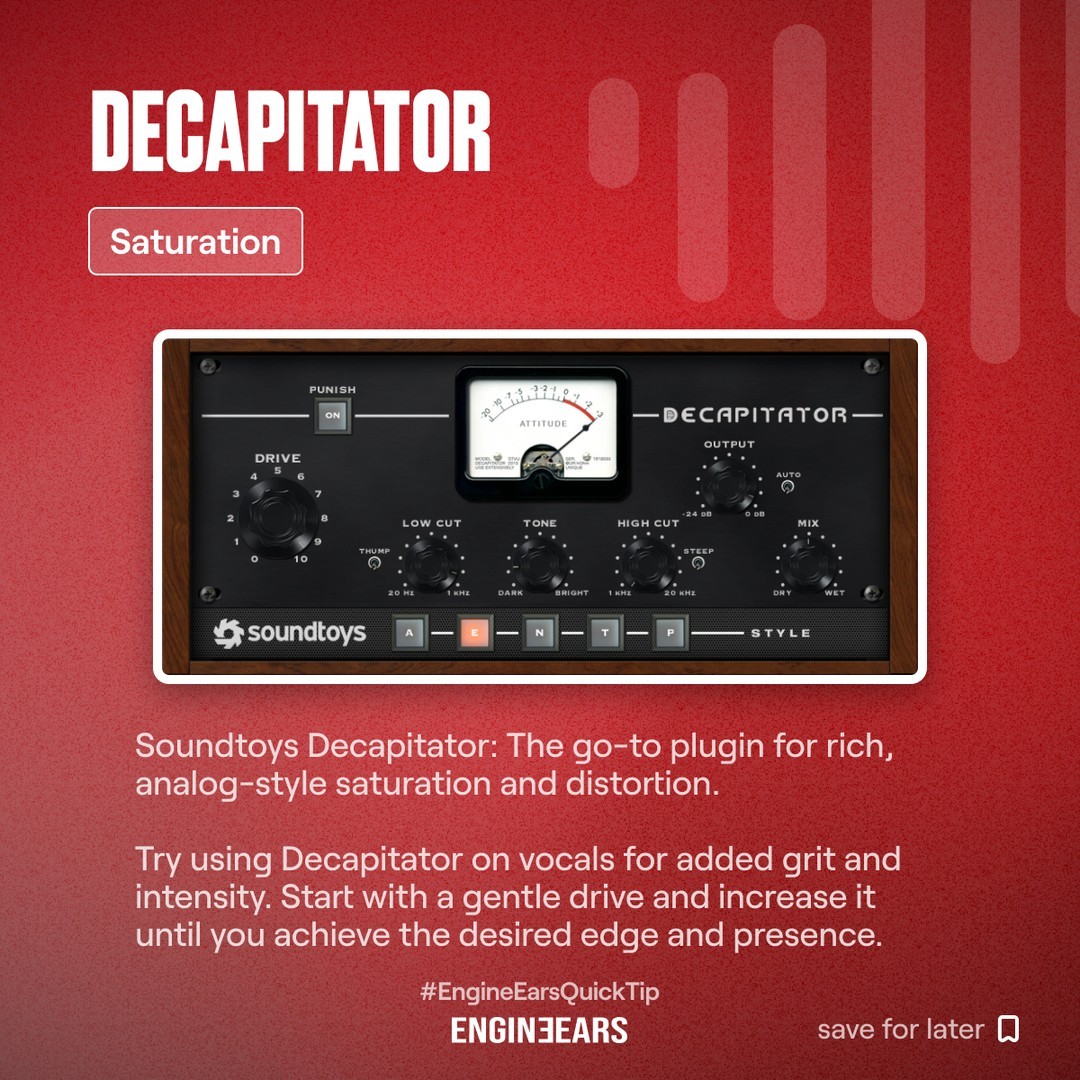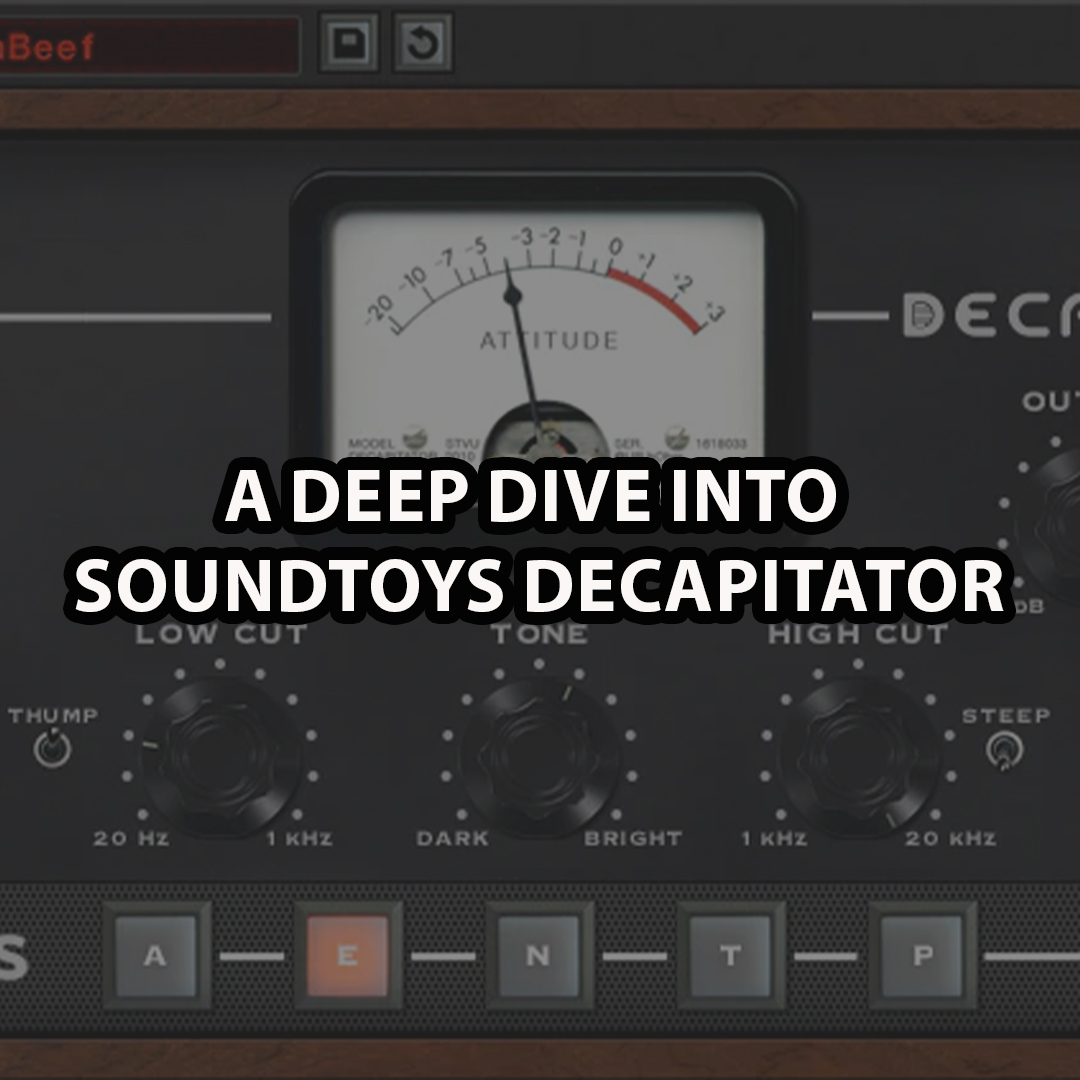When it comes to adding grit, warmth, and character to your tracks, the Soundtoys Decapitator plugin stands out as a must-have tool for audio professionals and music creators alike. It’s a powerhouse that blends analog charm with digital precision, making it a go-to for anyone who wants to breathe life into sterile digital recordings. But what exactly makes Decapitator so special? Let’s break it down.
What Is Soundtoys Decapitator?
Decapitator is a saturation plugin that emulates the harmonic distortion characteristics of analog hardware. Essentially, it takes the clean, linear sound of your tracks and injects it with subtle—or not-so-subtle—distortion to add depth and color. Think of it as your secret ingredient for making tracks sound more “alive.”
But Decapitator isn’t just about adding warmth. It’s a creative tool designed to shape your sound with five distinct saturation styles inspired by classic studio gear. Whether you’re working on drums, vocals, guitars, or synths, Decapitator gives you the flexibility to sculpt your tone with precision.
Why Is Decapitator So Popular?
Here’s why this plugin continues to trend among producers and engineers.
- Authentic Analog Feel
Decapitator is modeled after vintage gear like tape machines, preamps, and compressors. It doesn’t just mimic their warmth—it nails their imperfections, quirks, and unique tonal characteristics. - Versatility in Application
From subtle harmonic enhancement to full-blown distortion, Decapitator is suitable for any genre or instrument. Producers love it for its ability to add presence to vocals, punch to drums, and attitude to guitars. - Simple Yet Powerful Controls
Decapitator offers an intuitive interface with controls like Drive, Tone, and Mix. You can dial in a subtle analog vibe or crank it up to transform your track completely. - Five Distinct Modes
Each mode (A, E, N, T, P) represents a different type of analog gear, giving you a palette of saturation tones to choose from. For example, “A” adds aggressive grit, while “P” mimics the smooth warmth of a tube preamp. - Creative Edge for Modern Music
Creators use Decapitator to add a signature touch to their music. It’s especially effective in genres like hip-hop, R&B, and pop, where warmth and character can set your track apart.
Key Features and How to Use Them

Drive Control
At the heart of Decapitator is the Drive knob, which determines the intensity of the saturation. A slight boost can add richness, while higher settings can push your sound into overdrive territory.
Tone Knob
This lets you shape the harmonic distortion by tilting the EQ towards brighter or darker tones. Perfect for making elements cut through or blend smoothly in a mix.
Punish Button
Feeling adventurous? The Punish button increases the Drive range for extreme distortion, ideal for sound design or adding aggression to drums and guitars.
Mix Control
The built-in mix knob allows you to blend the dry and wet signals, making it easy to achieve parallel processing without additional routing.
Output Control with Auto Gain
Decapitator automatically compensates for volume changes, letting you focus on the tonal impact rather than level adjustments.
Top Use Cases for Decapitator
- Vocals: Add clarity and presence by subtly saturating vocal tracks. Use Mode “N” or “P” for a smooth, polished sound.
- Drums: Give kick drums more punch or add crunch to snares and hi-hats with Mode “A” or “T.”
- Bass: Thicken up basslines by adding harmonics that make them more audible on smaller speakers.
- Guitars: Enhance the natural grit and tone of electric guitars or bring warmth to acoustics.
- Synths: Use Decapitator to add dimension and character to sterile digital synths.
Pro Tips to Maximize Decapitator
- Parallel Saturation: Use the Mix knob to blend subtle saturation with the original signal for a natural enhancement.
- Experiment with Modes: Each mode offers unique tonal characteristics. Don’t be afraid to switch between them to find the perfect fit for your track.
- Layer Multiple Instances: For more complex effects, use multiple Decapitator plugins on different elements of your mix.
Final Thoughts
Soundtoys Decapitator isn’t just a saturation plugin—it’s a creative tool that can redefine your workflow and elevate your sound. Its ability to emulate analog hardware while offering modern flexibility makes it a staple in studios worldwide.
Whether you’re an experienced engineer or just starting out, Decapitator is one of those plugins that immediately adds value to your productions. So, if you’re ready to bring warmth, grit, and depth to your tracks, Decapitator might just be the secret sauce you’ve been searching for.
What are your favorite ways to use Decapitator? Let us know in the comments!
